Donald Trump is hurting India
.
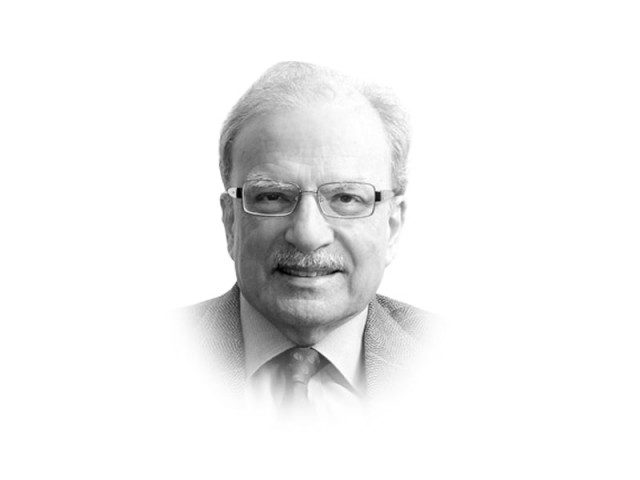
Donald Trump, America's president for the second time, is adopting policies that are aimed at Making America Great Again. His approach summarised as MAGA is affecting both the American and global economy. Most of what he has done and is doing has not well thought through. He is listening to a group of advisors who are not well versed in economic matters and have poor understanding of the finer points of policymaking.
The end result is that both the American and world economies are being hurt. He and his associates have declared that one of their aims is to slow down the economic and military rise of China. With this focus is on China, Trump's Washington has launched what can be called the Second Cold War. The first one was launched right after the end of the Second World War and was aimed at containing the rise of what was then known as the Union of Soviet Socialist Republics, the USSR. It contributed to the collapse of the USSR.
The war against the USSR involved mostly military moves focused on forming alliances that would stop the advance of the USSR towards the Arabian Sea and the parts of Asia that were not under the influence of Moscow. Pakistan was recruited as a member of Central Treaty Organization (CENTO) and Southeast Asia Treaty Organization (SEATO). Rewards of membership came in the form of impressive amount of military assistance.
The Americans built two military cantonments – one at Kharian near Islamabad, and the other adjacent to Multan. India was the initial focus of partnership in the Second Cold War, with Washington actively courting New Delhi to counter China. Donald Trump visibly courted Narendra Modi, India's prime minister, but some of his policies hurt India.
Trump used tariffs on imports as the favoured weapon to protect the United States from being overrun by goods manufactured outside the country, sometimes by the American businesses that had relocated their activities to the countries that offered a more foolable environment for manufacturing. One MAGA approach was to reverse the trend by imposing heavy tariffs on the entry of goods that were coming into the United States, often made by American businesses working outside the American borders. The tariff policy announced by Trump in bits and pieces included a 50 per cent levy on the goods coming into the country from India.
This move was viewed by the manufacturers in India as a war on their country. "India's hard work to present itself as the best alternative to Chinese factories – what business executives and big money financiers have embraced as part of the China Plus One strategy – has been left in tatters," wrote Alex Travelli and Hari Kumar in an assessment of the situation for the business pages of The New York Times. "Now less than a week since the tariffs took full effect, officials and business in New Delhi, and their American partners, are still trying to make sense of the suddenly altered landscape."
This assessment was continued by Keith Collins for the same section of the newspaper. "Tariffs have become an increasingly sprawling – and powerful – economic tool for Mr. Trump's economic and foreign policy. And it could hurt the world largest democracy and a key strategic partner that America has long viewed as a counter-weight to China's growing influence Asia and elsewhere." Collins, of course, was referring to the role Washington had envisaged for New Delhi.
Soon after the Trump-tariff announcement, Indian Prime Minister Narendra Modi went to China and attended the ceremonies in Beijing mark the 80th anniversary of the end of the Second World War and to Tianjin to attend the annual gathering of the leaders whose countries were members of the Shanghai Cooperation Organisation (SCO). It was the Indian leader's first visit to China in seven years.
Imposition of high tariffs on import form India had consequences Trump and his team could not have anticipated. Because of the large Indian diaspora in the United States, there is increasing demand for jewelry worn by women of Indian origin. The large tariff on the diamonds worked into the Indian jewelry hurt this particular trade. India is a prominent force in the global market for cut and polished diamonds and America is one of its largest buyers.
The tariff increase will likely disrupt the international diamond trade and result in increasing retail prices in the United States. Before Trump imposed the new tariff, American importers could buy polished diamond from India duty free. "I have colleagues who had stuff coming in and missed the boat , and I mean literally missed the boat by a day, and got these huge tariffs because they were put into effect," said Steven Grauer, the chairman and security director for the Diamond District Partnership in New York City. He expects a significant increase in the price of India-origin jewelry in the United States as the high tariffs work through the system.
China and India are two large global economies but don't have significant economic and trade relations between them. Early in the post Covid-19 pandemic with values in its stock market plummeting, New Delhi was alarmed to find out that the Chinese Central Bank had quietly acquired one per cent of the capital of India's biggest private bank. New Delhi reacted by blocking many forms of investments from China. Eventually it kicked out most Chinese venture capital from its tech startups and barred from the country more than 200 Chinese apps, including TikTok.
According to Sanosh Pai of the New Delhi law firm, Dentons Link ,"China Plus One, minus China is too difficult a concept." Pai is deeply involved in the three-country – the United States, China and India – relationships. He set up a practice advising companies from all three countries. "They have to reconcile themselves to seeing China as a part of the global supply chain," he said. China and the United States have been for a long time India's two most important trading partners, each indispensable in different ways.
If this were a love triangle, India would be the jilted lover. How China will act to respond to Trump's multiple provocations is not clear at the time of this writing. One step it could take is to deprive America's access to rare-earth minerals in which it has a virtual monopoly. These minerals are vital for the manufacture of high tech-products.


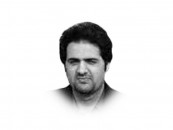






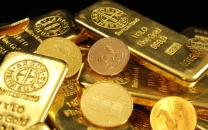

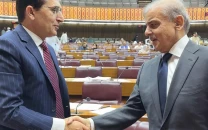
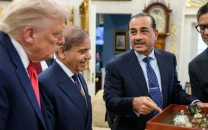
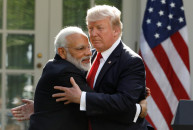



COMMENTS (2)
Comments are moderated and generally will be posted if they are on-topic and not abusive.
For more information, please see our Comments FAQ